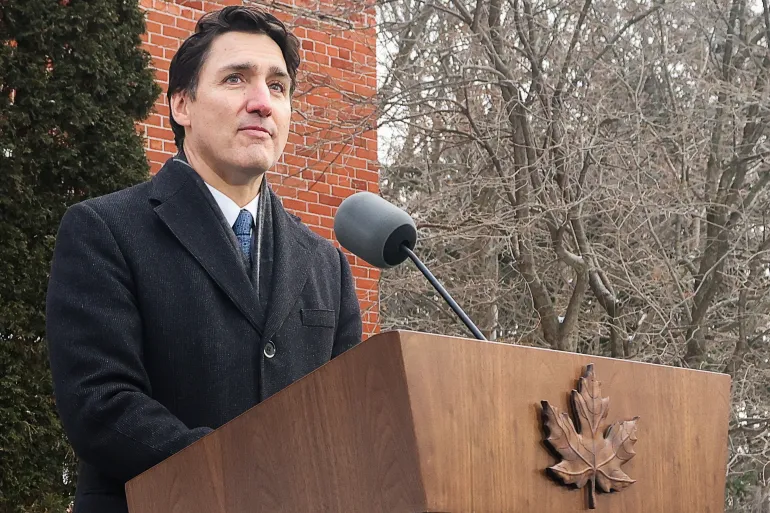Politics
Justin Trudeau Resigns as Prime Minister, Opening Door for New Liberal Leadership
On January 6, 2025, Canadian Prime Minister Justin Trudeau announced his intention to resign, marking the end of nearly ten years in office.
The announcement was made during a press conference at Rideau Cottage, where Trudeau cited internal conflicts within the Liberal Party and declining approval ratings as key factors influencing his decision.
Trudeau expressed that the time had come for a reset within the party, stating, I cannot be the one to carry the banner into the next election.
His resignation comes amid growing pressure from party members and significant challenges, including economic concerns and threats of tariffs from incoming U.S. President Donald Trump. Trudeau’s approval rating has plummeted to just 22%, a stark contrast to the 65% he enjoyed during his initial year in office.
Trudeau will remain in office until a new leader is chosen, with the Liberal Party expected to pause parliamentary activities until March 24, 2025, to facilitate this transition.
The decision leaves the party without a definitive leader ahead of a general election scheduled for October 2025. Trudeau emphasized that his departure would provide an opportunity for new leadership to address pressing issues facing the country.
Having led the Liberal Party since 2013 and served as prime minister since 2015, Trudeau’s tenure has been marked by significant policy initiatives, including efforts to combat climate change and support for Ukraine amidst ongoing geopolitical tensions.
However, his leadership has also faced criticism over handling inflation and housing issues that have affected many Canadians.
As Canada prepares for a critical election year, Trudeau’s resignation opens the door for new leadership within the Liberal Party, potentially reshaping the political landscape as parties gear up for upcoming challenges.


















